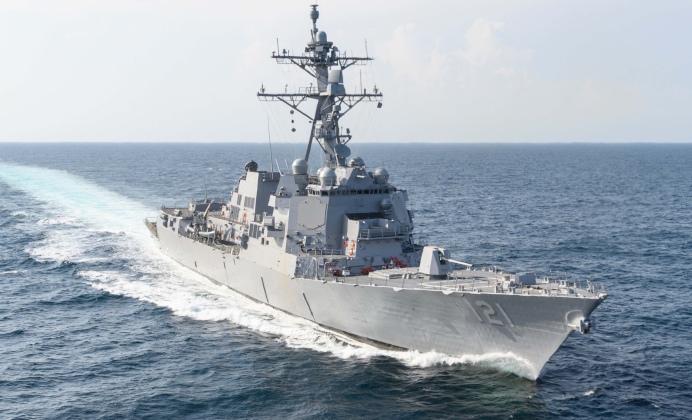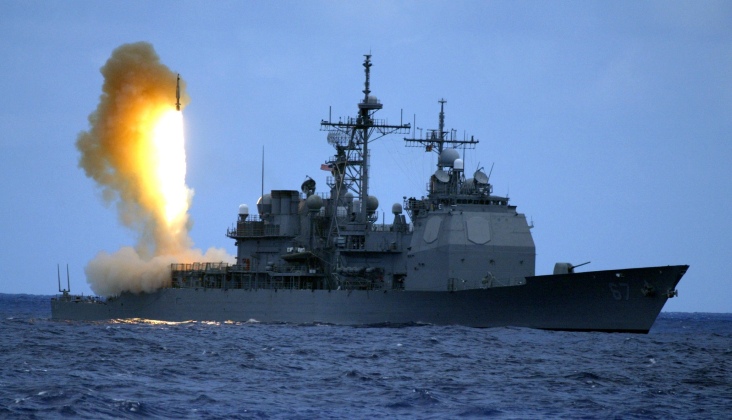Speaking before the U.S. Senate Appropriations Committee on April 16, Navy Secretary Carlos Del Toro stated that the service required close to $1 billion in additional spending to replenish stocks of munitions expended in operations against Iranian and Yemeni forces since October. “It’s critical for Congress to pass a supplemental [spending bill] this week so that we could actually get the additional resources to be able to supplement those munitions,” he stated, and supported tying spending with military aid packages for Ukraine, Israel and Taiwan. The statement followed the largest ever air defence operation by the U.S. Navy’s primary surface combatant the Arleigh Burke Class destroyer, two of which were credited with multiple interceptions of Iranian ballistic missiles over Israel on April 14. The U.S. Navy and Air Force between them reportedly shot down more Iranian targets than Israel, the United Kingdom, France and Jordan combined, with the operation having seen the combat debut of the Arleigh Burke Class’ new SM-3 anti ballistic missile.

Confirming the suspected use of the SM-3, Del Toro stated: “We’ve been firing SM-2s, we’ve been firing SM-6s, and – just over the weekend – SM-3s to actually counter the ballistic missile threat that’s coming from Iran. So we need this supplemental to pass this week.” The Navy has accordingly included in its 2025 budget request that $6.6 billion be set aside to build on its multi-year purchases of critical munitions, including all these three missile types. The SM-3 is a relatively new addition to the Navy’s inventory, and began to enter service from 2014 to allow destroyers and cruisers to provide more effective ballistic missile defence in particular against medium and intermediate range ballistic missiles, which it was designed to target far outside the earth’s atmosphere. Each missile costs $10-20 million, with estimates varying widely, which even at more conservative estimates makes the SM-3 several times as expensive to procure as the ballistic missiles which it was designed to intercept.

Issues with depletion of the Navy’s air defence missile arsenals come as the Pentagon has more generally struggled to finance the large American military buildup in the Middle East, which began in early October in response to the outbreak of hostilities between Israel and various Palestinian militia groups. Pentagon spokesman Chris Sherwood confirmed in November that since the massive redeployment of U.S. forces to the region was not planned in advance, the military “had to pull money from existing operations and maintenance accounts.” This resulted in less funding being available for previously planned exercises and deployments elsewhere. “We’re taking it out of hide,” he concluded at the time. The Navy’s destroyer fleet is currently stretched between commitments in the Middle East, the Arctic, Eastern Europe and Northeast Asia, with both Iran and the Lebanese militia group Hezbollah having demonstrated advanced strike capabilities across the region including sophisticated anti shipping capabilities. The leading challenge, however, remains the advancing capabilities of the Chinese People’s Liberation Army Navy, with China’s top destroyer class the Type 055 currently widely considered the world’s most capable. The warship has been credited with having spurred American efforts to develop a more capable successor to the Arleigh Burke Class.
